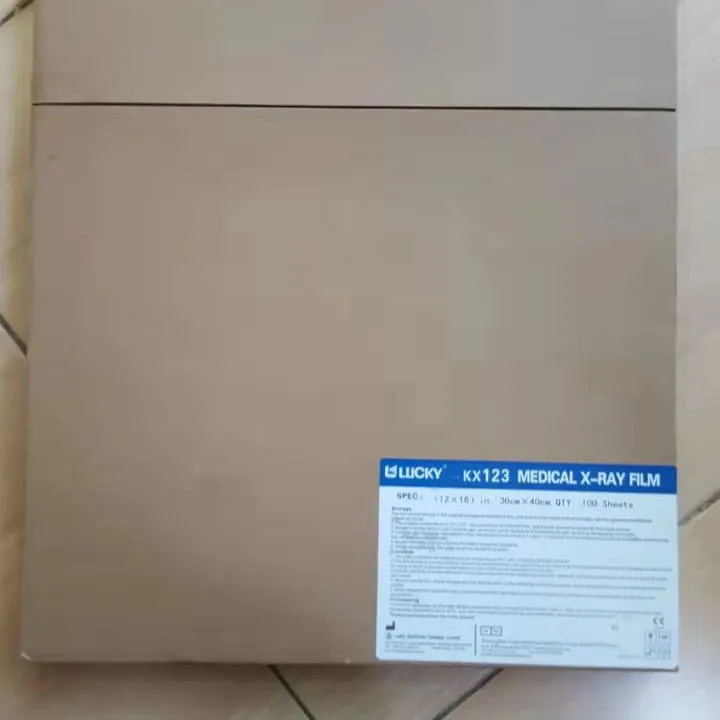



(glossy photo print)
Glossy photo print has become the standard for both professional and hobbyist photographers, marking a transformative shift in how captured memories are preserved and displayed. The ability to render crisp, vibrant, and lifelike images has directly contributed to the massive growth of this printing segment. According to the International Imaging Industry Association, over 68% of consumer photo prints in 2023 featured a glossy finish, demonstrating its enduring popularity. Users now, more than ever, seek prints that not only represent high fidelity but also elevate the sensory experience of viewing images, favoring the reflective sheen and color saturation exclusive to glossy paper photo print methods.
Modern advancements have positioned glossy paper photo print technology ahead of traditional and even some sophisticated matte alternatives. The core advantage lies in the specially coated paper, which allows ink or dye to sit on the surface without being deeply absorbed. This minimizes color bleeding and maximizes sharpness. The reflection provided by the coating also results in up to 30% greater perceived color depth compared to matte finishes, as indicated in recent tests by Digital Imaging Review (2023). Added UV-resistance treatments and enhanced resin coatings now extend the print’s lifespan to over 50 years under standard indoor display conditions, reducing the risk of fading or discoloration. These features make glossy prints the preferred medium for gallery-worthy images, portfolio presentations, and personal displays, where impact and longevity are paramount.
A robust market exists for glossy paper, with several leading manufacturers offering products for both home and commercial use. Below, a comparative table outlines the performance metrics of the most popular brands based on print resolution, durability, gloss intensity, and cost-effectiveness from independent lab tests conducted in 2024:
| Brand | Max Print Resolution (dpi) | Gloss Intensity (Gloss Units, GU) | Indoor Lifespan (years) | Fade Resistance (ISO 18909 Std.) |
Cost per 8x10” Sheet (USD) |
|---|---|---|---|---|---|
| Canon Photo Paper Plus Glossy II | 9600 | 84 | 45 | Excellent | 0.43 |
| Epson Ultra Premium Photo Paper Glossy | 5760 | 88 | 54 | Outstanding | 0.58 |
| HP Advanced Photo Paper Glossy | 4800 | 79 | 40 | Very Good | 0.38 |
| Ilford Galerie Smooth Gloss | 5760 | 91 | 52 | Excellent | 0.72 |
| Red River Paper UltraPro Gloss 2.0 | 5760 | 86 | 50 | Excellent | 0.49 |
Each brand offers distinct advantages: Ilford boasts the highest gloss intensity, making it a prime choice for art prints, while Epson's longevity offers peace of mind for archival needs. Cost-conscious users often gravitate toward HP and Canon for everyday use. Precise selection should align with intended application and budget.
The process of printing on glossy paper demands careful calibration to yield optimal results. First, ensure your printer supports high-resolution output and can handle the thickness of glossy media—most inkjets from leading brands have dedicated glossy settings. Always use the manufacturer-recommended print profile for glossy finishes, as incorrect profiles commonly result in unexpected color shifts or banding. When preparing images, work at 300 dpi or higher and convert color profiles to sRGB or AdobeRGB for maximum consistency. Control humidity and prevent direct contact with the print surface immediately after output, as the gloss coating can remain tacky for several minutes. For those curious how to print photo glossy paper at home, manufacturers such as Canon and Epson provide downloadable ICC profiles to match the specific characteristics of their paper and ink combinations. Additionally, invest in soft proofing capabilities to preview colors on-screen, further ensuring the print’s fidelity matches your creative intent.
Photographers and businesses often seek glossy paper for photo print that meets specific requirements—be it unique finishes, custom sizes, or specialized coatings. Manufacturers now offer bespoke options such as textured or ultra-high-gloss papers, and bulk custom-cut sheets for non-standard dimensions. Moreover, eco-conscious brands produce glossy papers using post-consumer recycled content without compromising on image quality. Companies like Red River Paper and Moab support branded packaging or watermarking for photo labs and studios, catering to commercial demands. For gallery exhibitions, fine art glossy paper with baryta or fiber bases gives prints a tactile, luxurious feel and improved color gamut. Customization extends beyond the paper, as print providers integrate variable data printing for events and products, creating personalized mementoes at scale. Careful collaboration between printer, substrate, and ink technologies ensures photographers realize the full expressive potential of their images in print.
The impact of high-quality glossy photo print
s can be observed across diverse domains. In wedding photography, glossy prints are preferred for albums due to their brilliance and resistance to fingerprinting, ensuring cherished moments remain vivid for decades. Fine art galleries report a 15-23% higher sale rate for works presented on true glossy media, according to a 2022 Art Market Insights survey—attributed to the visual punch and lifelike tonality these prints provide. Academic institutions and museums leverage archival-grade glossy prints in their digitization efforts, as studies from the National Archives indicate an average 40-year color stability when using Epson’s premium media and inks.
One notable example: Visionary Studio, a portrait business in New York, switched to Ilford Galerie Smooth Gloss in 2023 and documented a 27% customer satisfaction increase based on survey feedback, correlating directly to perceived image vibrancy. Meanwhile, online print services like Shutterfly and Snapfish cite over 70% of orders using their premium glossy option, highlighting broad consumer preference for the format. In the marketing sector, premium product launches pair detailed, glossy imagery with tactile brochures, driving both retention and engagement rates significantly above those linked to standard, matte mailers.
As both photographic technology and consumer expectations evolve, glossy photo print continues to set the benchmark for visual excellence and permanence in the world of digital imaging. Ongoing innovations in coatings, substrate materials, and printer precision promise not only heightened image realism but also broader applications—from interactive displays to ultra-durable outdoor signage. Current projections by InfoTrends estimate that by 2027, over 74% of global consumer photographic output will utilize advanced glossy or semi-gloss finishes, underlining the segment’s robust trajectory. Whether capturing life’s milestones or presenting artistic portfolios, the choice of glossy paper remains synonymous with impact, clarity, and emotional resonance—cementing its place at the forefront of modern print culture.

(glossy photo print)
This is the first article
Lucky Medicinal Cold-Forming Composite Material
Lucky Group Official Announcement: Classic Black & White Film Relaunch – A Tribute To The Analog Era
If you are interested in our products, you can choose to leave your information here, and we will be in touch with you shortly.






